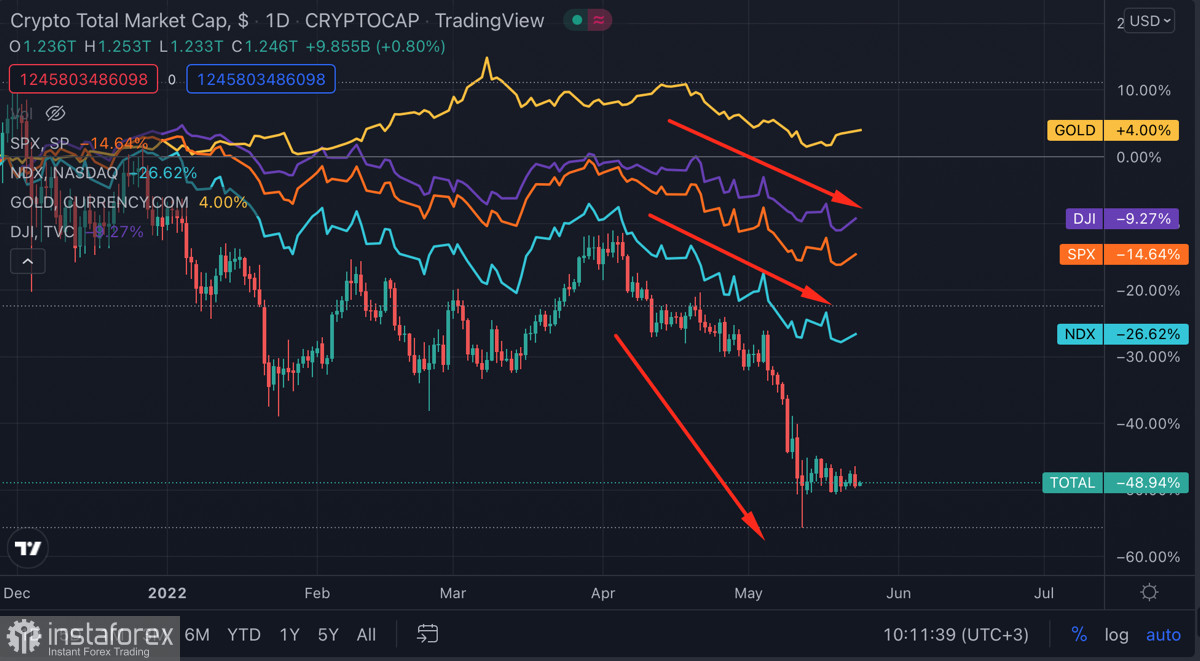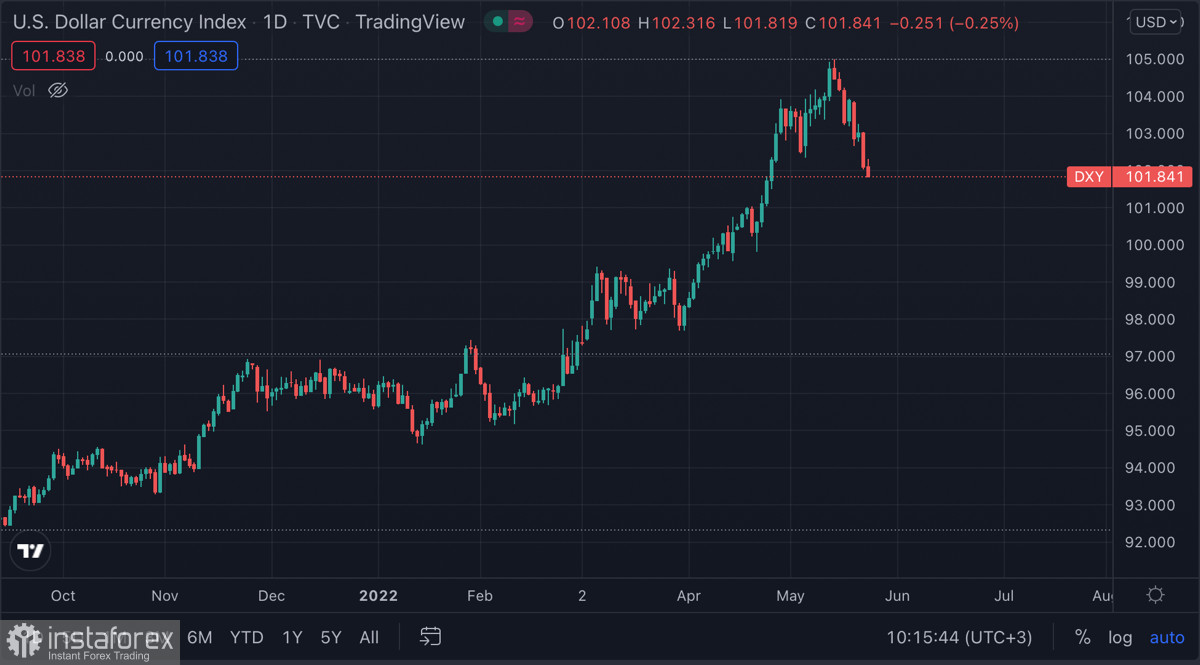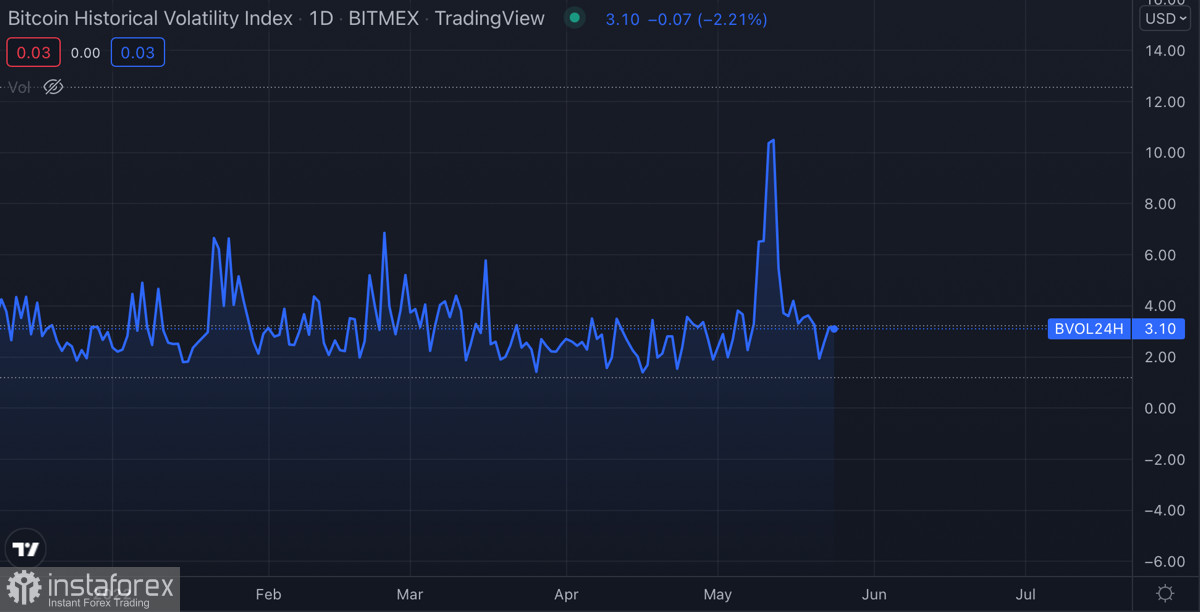The current geopolitical and economic situation is unparalleled in terms of the degree of its influence on the behavior of investors. The global community has not faced such challenges for many decades. The difficulties after the covid economic order and the fight against inflation that started were significantly changed by the war in Ukraine. The combination of these factors provoked not only an inflationary crisis, but also a resource, energy, and food crisis. At the same time, the sanctions pressure on the Russian Federation disrupted the main supply chains, which also affected the growth of global unemployment.
With such a difficult global situation, the Fed has driven the final nail in the coffin of the floundering markets that have flourished during the pandemic. Among these markets is the crypto market, which is one of the main beneficiaries of the multi-trillion dollar economic stimulus. In the current environment, it is important to understand that the Fed's policy is aimed at strengthening the US dollar and related assets. That is why capital begins to flow smoothly into US government bonds and the US dollar. It is an understandable decision by investors to invest in funds whose success is vital to the world's largest economy. However, should such a flow of capital be perceived as long-term?

As we can see, based on this chart, not only high-risk assets are falling, but also precious metals like gold. Although, it would seem that in the current economic situation, gold should become one of the key instruments for protecting capital. However, instead we are seeing a massive outflow of capital in favor of US securities and USD. It becomes clear that a significant flow of capital into US dollars is a short-term or medium-term asset protection venture until the market situation stabilizes. This is also indicated by the local growth of the main assets while the DXY is being corrected. This indicates a temporary commitment to the dollar, but also confirms the high interest in other asset classes.

Given the current situation, is it safe to assume that it is too early to rule out Bitcoin as a hedge against inflation? It is likely that the asset could be used again as a risk hedging instrument. The current state of the cryptocurrency is completely suitable for this. Bitcoin has stabilized around $29k–$30k, and its volatility has decreased to acceptable levels before May. The asset continues to maintain a balance and thereby attracts the attention of investors. Cryptocurrency exchanges have resumed the outflow of BTC coins, which indicates a growing interest in Bitcoin.


Despite the local positive, it is important to understand that investors continue to adapt to new realities. It is too early to expect large investment flows with long-term goals. This is primarily due to the Fed's policy and the start of the quantitative tightening program. It is also important to understand that inflation in the US is at a 40-year high, and it will take more than one month for funds to overcome such rampant depreciation. Accordingly, in the short term, BTC is unlikely to be used as a means to fight inflation due to the high likelihood of volatility spikes and price drops.






















